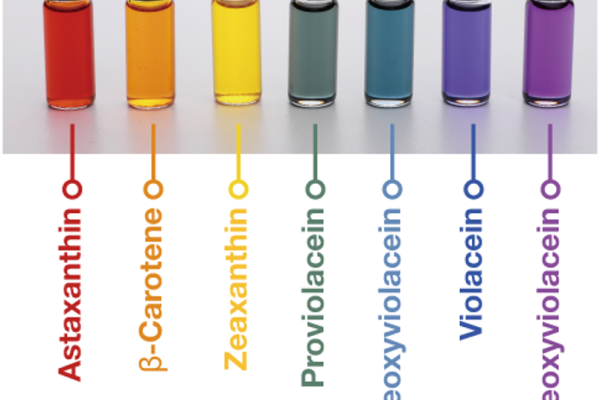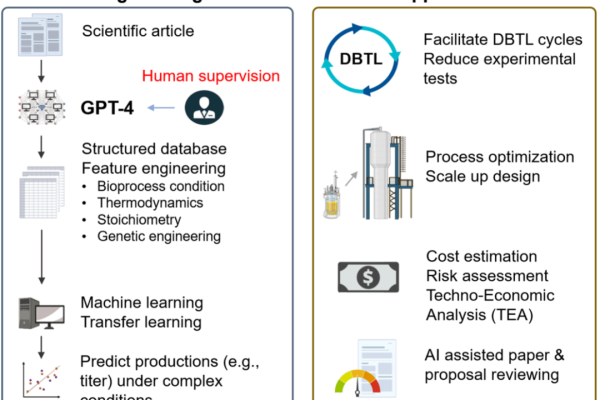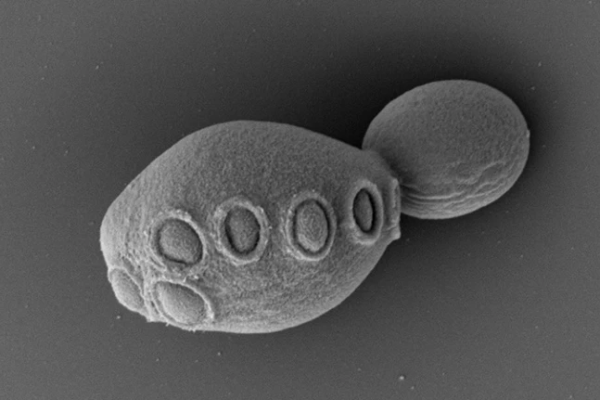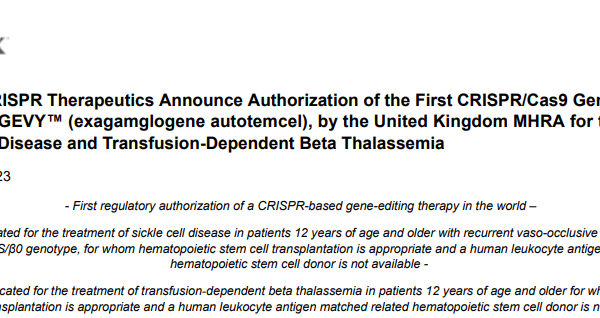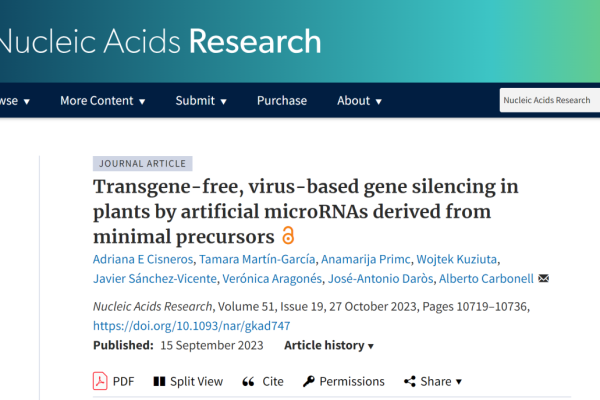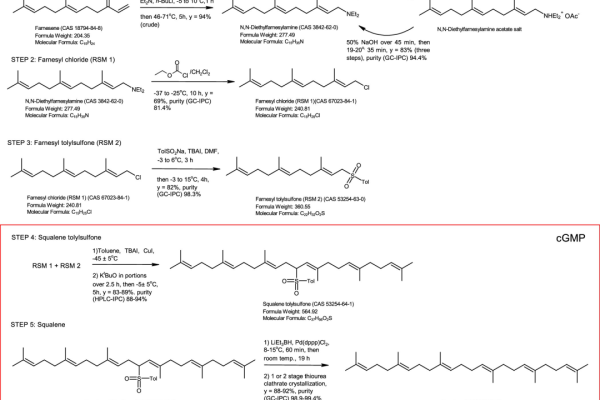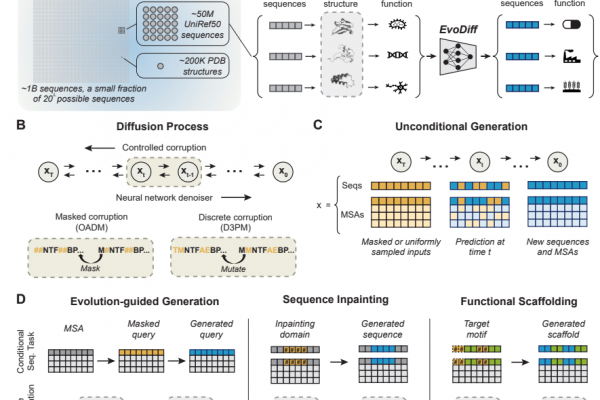
Synthetic biology may enable large-scale production of spider silk
Spider silk is a strong animal fiber derived from spiders and can be used to make bulletproof vests. For decades, materials scientists have regarded spider silk as an environmentally friendly alternative to synthetic fibers such as nylon and Kevlar fibers, which are currently used in bulletproof clothing manufacturing. However, it is costly and requires a…






